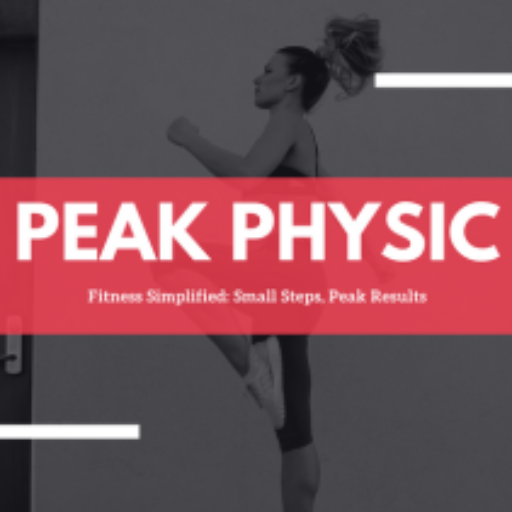In the world of fitness and athletics, the quest for optimal recovery is never-ending. Among the myriad of techniques available, one method stands out for its effectiveness and immediate relief: massage. But how does it compare to other recovery methods, and why should it be a staple in your post-workout routine? Let’s dive into the science and benefits of massage as a recovery technique.
Understanding Post-Exercise Recovery
After an intense workout or competition, our bodies need time to repair and adapt. This recovery period is crucial for:
- Repairing muscle damage
- Reducing inflammation
- Restoring energy stores
- Preventing injury
- Improving future performance
Various recovery techniques aim to accelerate this process, but not all are created equal.



Massage: The Recovery Powerhouse
Massage therapy has emerged as one of the most effective recovery techniques, particularly for reducing Delayed Onset Muscle Soreness (DOMS) and perceived fatigue. Here’s why it’s so powerful:
1. Unmatched DOMS Reduction
DOMS, that familiar ache you feel 24-72 hours post-workout, can significantly impact your training consistency. Massage has shown to be the most effective method for alleviating this soreness, with benefits lasting up to 96 hours after exercise.
2. Inflammation Fighter
Alongside cold therapy, massage is a top contender for reducing inflammation. By increasing blood and lymph flow, it helps flush out inflammatory markers and metabolic waste products from exercised muscles.
3. Muscle Damage Marker Reduction
Studies have shown that massage significantly lowers circulating levels of creatine kinase (CK) and interleukin-6 (IL-6). These are key indicators of muscle damage, and their reduction suggests faster recovery and less overall damage to muscle tissue.
4. Performance Enhancement
Some research indicates improved sprint performance recovery after massage compared to passive rest. This suggests that massage not only makes you feel better but could also help you bounce back faster for your next training session or competition.
5. Stress Reduction
Massage decreases circulating cortisol (the stress hormone) and increases beta-endorphins (feel-good chemicals). This hormonal shift contributes to decreased perceived fatigue and improved overall well-being.
Comparing Massage to Other Recovery Techniques
While massage shines bright, it’s essential to understand how it stacks up against other popular recovery methods:
Active Recovery
Light exercise like walking or swimming is beneficial for increasing blood flow and reducing stiffness. However, it’s not as comprehensive as massage in addressing DOMS and fatigue.
Compression Garments
These can help manage perceived fatigue but don’t match massage’s effectiveness in overall recovery and DOMS reduction.
Water Immersion
Both cold and contrast water therapy show benefits, particularly for inflammation reduction. However, they don’t provide the same level of DOMS relief and fatigue reduction as massage.
Cryotherapy
While excellent for reducing inflammation, cryotherapy doesn’t offer the same comprehensive benefits as massage, particularly in addressing muscle soreness and perceived fatigue.
The Science Behind Massage’s Effectiveness
The power of massage lies in its ability to:
- Increase blood and lymph circulation, enhancing the removal of metabolic waste and reducing inflammation.
- Stimulate the parasympathetic nervous system, promoting relaxation and stress reduction.
- Improve the flushing of neutrophils from injured areas, potentially preventing further muscle damage.
- Mechanically break up adhesions and knots in muscle tissue, improving flexibility and range of motion.
Incorporating Massage into Your Recovery Routine
To maximize the benefits of massage for recovery:
- Timing is Key: Aim for a massage 24-72 hours post-exercise, with 48 hours being the sweet spot for many.
- Frequency Matters: Regular massages (e.g., weekly or bi-weekly) can have cumulative benefits on recovery and performance.
- Type of Massage: Sports massage or deep tissue massage are particularly effective for athletes and fitness enthusiasts.
- Self-Massage: Tools like foam rollers and massage guns can be effective for self-administered massage between professional sessions.
The Bottom Line
While no single recovery technique is a magic bullet, massage stands out for its comprehensive benefits and effectiveness. From reducing DOMS and fatigue to improving circulation and potentially enhancing performance, massage offers a powerful tool in the athlete’s recovery arsenal.
However, it’s important to remember that recovery is multifaceted. While massage is highly effective, a well-rounded approach incorporating proper nutrition, hydration, sleep, and other recovery techniques will yield the best results.
So, the next time you’re feeling sore after a tough workout, consider booking a massage. Your muscles (and your next workout) will thank you!




